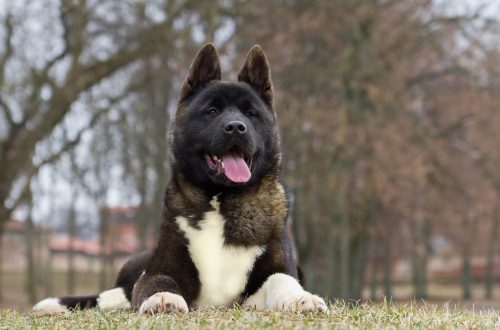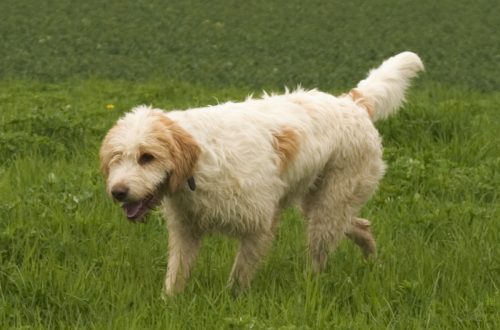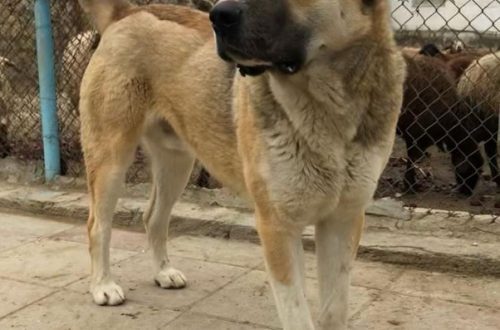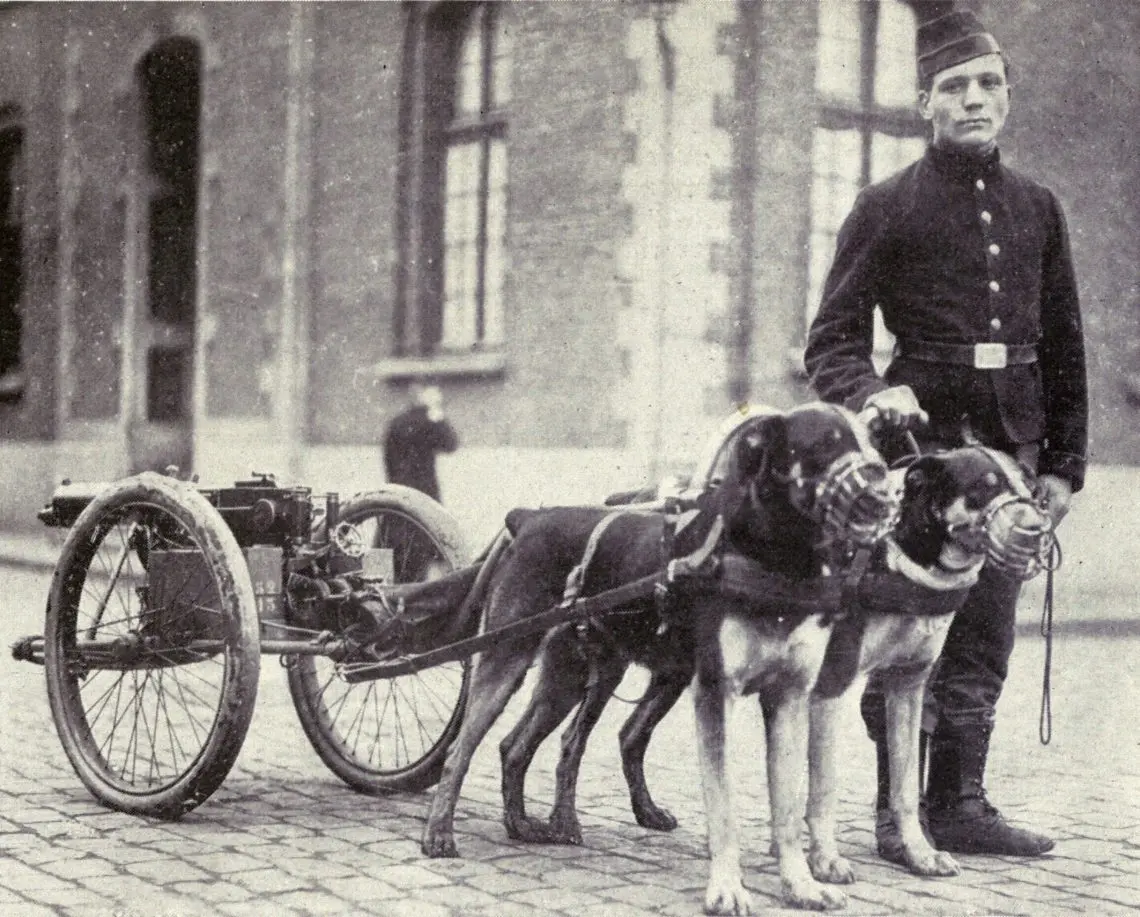
Belgian Mastiff
Contents
Characteristics of Belgian Mastiff
| Country of origin | Belgium |
| The size | large |
| Growth | 62–72 cm |
| Weight | 35–60 kg |
| Age | 10–13 years old |
| FCI breed group | not recognized |
Brief information
- Loyal to both the owner and his family;
- Excellent performance;
- They need large regular loads and proper education.
Origin story
Mastiffs make an impressive impression. They are the oldest breed of dogs, fully justifying their name, which, according to one version, comes from the Latin “massivius” – massive, large. The ancestors of modern mastiffs were fighting dogs used to hunt wild animals. Often, large and strong dogs were used in military operations as live weapons. The Belgian Mastiff is one of the large Mastiff family and fits the definition of “massive” perfectly. The breed has been mentioned since the seventeenth century, but there is no reliable information about its origin. Belgian mastiffs look like large french hounds, it is likely that there is French blood in the breed. There is also a version that Belgian mastiffs are descendants of Roman fighting dogs.
These large and hardy dogs were used as draft dogs in Belgium (it is no coincidence that the second name of the breed is the Flemish draft dog). Belgian mastiffs were popular with farmers and traders, and there is also evidence that these dogs carried mail in the early 20th century. The Belgian rural postal service had at its disposal small wooden two-wheeled carts pulled by large dogs.
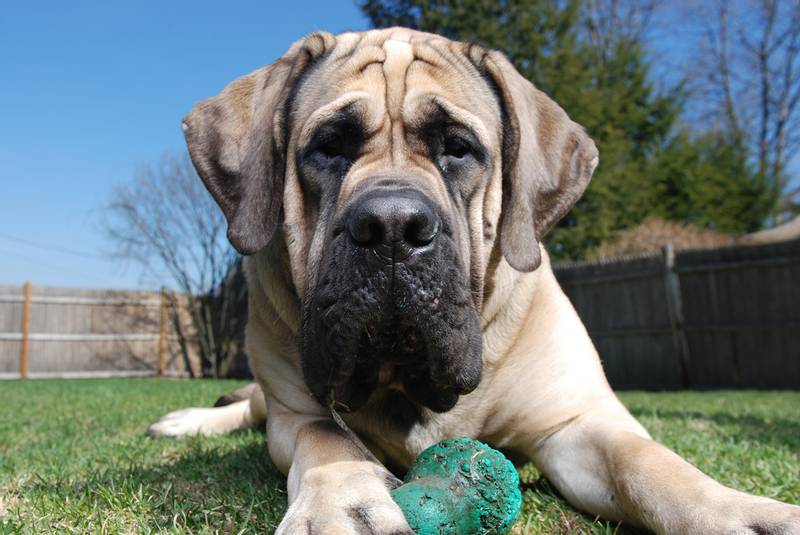

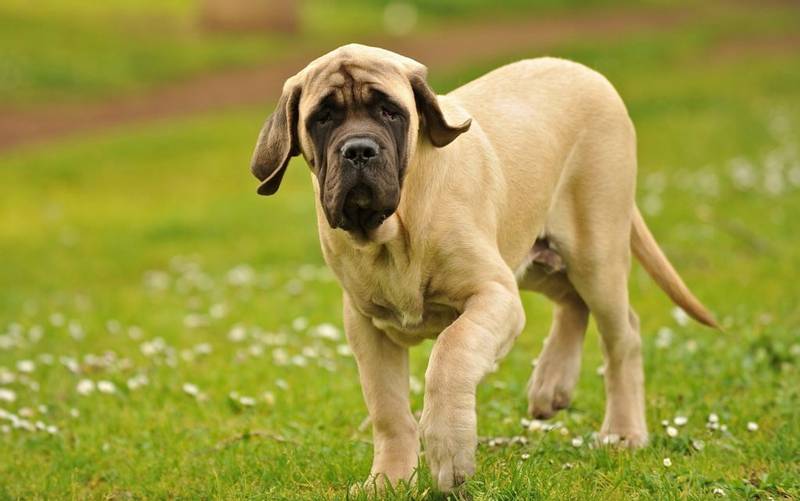
Service was conducted in most provinces of the country. Different breeds of dogs were used, but Belgian mastiffs were preferred. Belgian mastiffs “served” in the post office until the early 1920s. Later, bicycles and cars replaced dogs in postage. This, as well as the demand of animal rights activists to ban the use of dogs as a draft force, has put the breed on the brink of extinction. Powerful and serious dogs, ready to protect the owner to the last drop of blood, simply did not find a place in the rapidly changing world.
Description
Males are usually taller and heavier than bitches. The head of the Belgian mastiff is powerful, wide, with a pronounced transition from the forehead to the muzzle, with small jowls and hanging ears. Dogs are high-legged, with a strong and broad chest. The colors are different – from fawn to brindle, a dark mask is allowed on the muzzle.
Character
The Belgian Mastiff is a serious, aggressive dog that needs a lot of exercise. Recognizes only his master and his family. Beginners should not start such an animal.
Belgian Mastiff Care
Belgian mastiffs are very easy to care for. As necessary, examine the eyes and ears, but claws usually grind themselves with sufficient walking. The coat can be a bit of a hassle during the shedding season, but this is usually not a problem. Periodically sufficient for care comb out dog with a thick stiff brush.
Conditions of detention
The dog is good for a country house, where it will find application for its protective qualities; if a mastiff is taken to an apartment, you need to understand that you will have to devote at least 2-3 hours daily to walking and exercising with the dog. In addition, we should not forget that a small room for a massive dog is simply unsuitable.
Prices
To date, it is impossible to say unequivocally about the fate of the breed. The Belgian Kennel Club has listed the Belgian Mastiff as a “suspended breed”. According to the Royal Society of Saint Hubert, the Belgian Mastiff no longer exists as a separate breed. However, there is evidence that work is still underway to preserve these beautiful, powerful animals. So it will be quite difficult to buy a puppy, and the price will be negotiable and considerable.
Belgian Mastiff – Video



